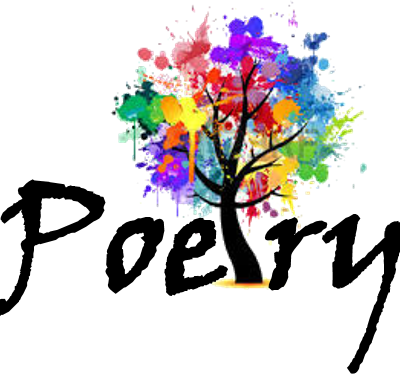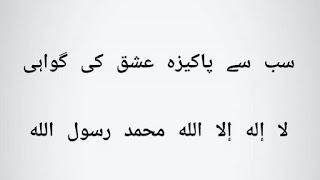Poetry
Introduction:
This article is about the art form. For other uses, see Poetry (disambiguation)."Poem", "Poems", and "Poetic" redirect here. For other uses, see Poem (disambiguation), Poems (disambiguation), and Poetic (disambiguation).
The Parnassus (1511) by Raphael: famous poets recite alongside the nine Muses atop Mount Parnassus.
Poetry (the term derives from a variant of the Greek term, poiesis, "making") is a form of literature that uses aesthetic and rhythmic[1][2][3] qualities of language—such as phonaesthetics, sound symbolism, and metre—to evoke meanings in addition to, or in place of, the prosaic ostensible meaning.
Poetry has a very long history, dating back to prehistorical times with the creation of hunting poetry in Africa, and panegyric and elegiac court poetry was developed extensively throughout the history of the empires of the Nile, Niger and Volta river valleys.[4] Some of the earliest written poetry in Africa can be found among the Pyramid Texts written during the 25th century BCE, while the Epic of Sundiata is one of the most well-known examples of griot court poetry. The earliest Western Asian epic poetry, the Epic of Gilgamesh, was written in Sumerian. Early poems in the Eurasian continent evolved from folk songs such as the Chinese Shijing, or from a need to retell oral epics, as with the Sanskrit Vedas, Zoroastrian Gathas, and the Homeric epics, the Iliad and the Odyssey. Ancient Greek attempts to define poetry, such as Aristotle's Poetics, focused on the uses of speech in rhetoric, drama, song and comedy. Later attempts concentrated on features such as repetition, verse form and rhyme, and emphasized the aesthetics which distinguish poetry from more objectively informative, prosaic forms of writing.
Poetry uses forms and conventions to suggest differential interpretation to words, or to evoke emotive responses. Devices such as assonance, alliteration, onomatopoeia and rhythm are sometimes used to achieve musical or incantatory effects. The use of ambiguity, symbolism, irony and other stylistic elements of poetic diction often leaves a poem open to multiple interpretations. Similarly, figures of speech such as metaphor, simile and metonymy[5] create a resonance between otherwise disparate images—a layering of meanings, forming connections previously not perceived. Kindred forms of resonance may exist, between individual verses, in their patterns of rhyme or rhythm.
Some poetry types are specific to particular cultures and genres and respond to characteristics of the language in which the poet writes. Readers accustomed to identifying poetry with Dante, Goethe, Mickiewicz and Rumi may think of it as written in lines based on rhyme and regular meter; there are, however, traditions, such as Biblical poetry, that use other means to create rhythm and euphony. Much modern poetry reflects a critique of poetic tradition,[6] playing with and testing, among other things, the principle of euphony itself, sometimes altogether forgoing rhyme or set rhythm.[7][8] In today's increasingly globalized world, poets often adapt forms, styles and techniques from diverse cultures and languages.
Content's
1: Poetry Urdu sms
2:Funny poetry Urdu sms
3: Photo poetry
4: Poetry video's
3: Photo poetry
4: Poetry video's


Bhai kya baat he apne bhi chend Sher add kerden (big fan bro)
ReplyDeleteHammad khan
DeleteG Zror InshAllah kr du ga edit bhai jan
ReplyDeleteBus apki dua chia